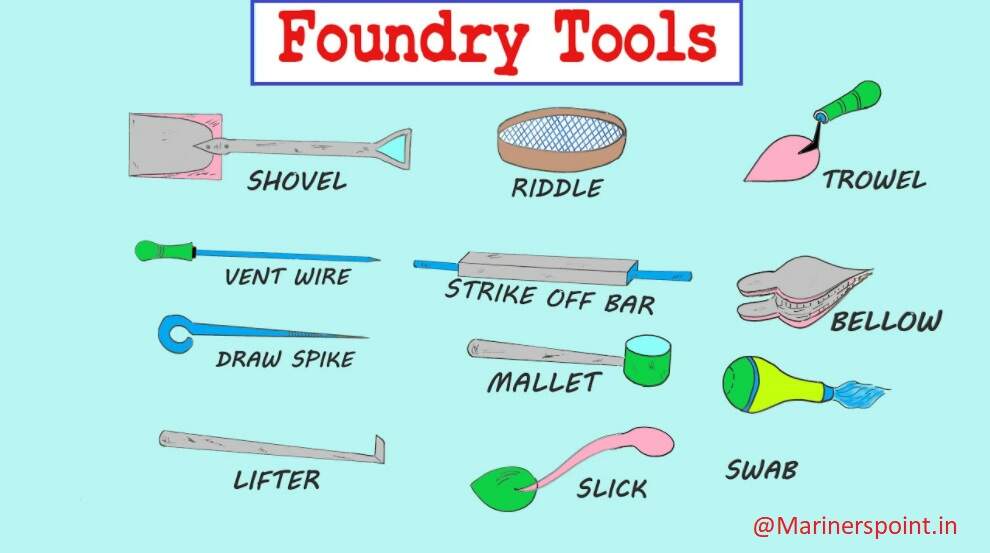In this article we are going to discuss about Classification of Materials in Engineering. Whatever we use is made of some materials. Based on certain properties they are grouped together. Let’s understand the Classification clearly.
Classification of Materials
Solid materials have been conveniently grouped into three basic classifications: metals, ceramics, and polymers. This scheme is based primarily on chemical makeup and atomic structure, and most materials fall into one distinct grouping or another, although there are some intermediates.
In addition, there are three other groups of important engineering materials – composites, semiconductors, and biomaterials.
Composites consist of combinations of two or more different materials, whereas
semiconductors are utilized because of their unusual electrical characteristics; bio-materials are implanted into the human body. A brief explanation of the material types and representative characteristics is offered next.
Classification of Materials with Description
1. Metals
Metallic materials are normally combinations of metallic elements. They have large numbers of nonlocalized electrons; that is, these electrons are not bound to particular atoms. Many properties of metals are directly attributable to these electrons. Metals are extremely good conductors of electricity and heat and are not transparent to visible light; a polished metal surface has a lustrous appearance. Furthermore, metals are quite strong, yet deformable, which accounts for their extensive use in structural applications.
2. Ceramics
Ceramics are compounds between metallic and nonmetallic elements; they are most frequently oxides, nitrides, and carbides. The wide range of materials that falls within this classification includes ceramics that are composed of clay minerals, cement, and glass. These materials are typically insulative to the passage of electricity and heat, and are more resistant to high temperatures and harsh environments than metals and polymers. With regard to mechanical behavior, ceramics are hard but very brittle.
3. Polymers
Another classification of materials are polymers. Polymers include the familiar plastic and rubber materials. Many of them are organic compounds that are chemically based on carbon, hydrogen, and other nonmetallic elements; furthermore, they have very large molecular structures. These materials typically have low densities and may be extremely flexible.
4. Composites
A number of composite materials have been engineered that consist of more than one material type. Fiberglass is a familiar example, in which glass fibers are embedded within a polymeric material. A composite is designed to display a combination of the best characteristics of each of the component materials. Fiberglass acquires strength from the glass and flexibility from the polymer. Many of the recent material developments have involved composite materials.
5. Semiconductors
Semiconductors have electrical properties that are intermediate between the electrical conductors and insulators. Furthermore, the electrical characteristics of these materials are extremely sensitive to the presence of minute concentrations of impurity atoms, which concentrations may be controlled over very small spatial regions. The semiconductors have made possible the advent of integrated circuitry that has totally revolutionized the electronics and computer industries (not to mention our lives) over the past two decades.
6. Biomaterials
Biomaterials are employed in components implanted into the human body for replacement of diseased or damaged body parts. These materials must not produce
toxic substances and must be compatible with body tissues (i.e., must not cause
adverse biological reactions). All of the above materials—metals, ceramics, polymers, composites, and semiconductors—may be used as biomaterials.
Future Materials
These are an add-on to the classification of materials in engineering as the science and technology is constantly evolving.
Smart (or intelligent) materials are a class of cutting-edge materials that are currently being created and will have a major impact on many of our technologies. The word “smart” suggests that these materials can detect changes in their surroundings and respond in preset ways to these changes—characteristics that are also seen in live beings. Furthermore, the “smart” notion is being used to more complex systems that combine smart and traditional materials.
Some type of sensor (that detects an input signal) and an actuator are components of a smart material (or system) (that performs a responsive and adaptive function).
In reaction to changes in temperature, electric fields, and/or magnetic fields, actuators may be asked to alter shape, location, natural frequency, or mechanical features. Shape memory alloys, piezoelectric ceramics, magnetostrictive materials, and electrorheological/magnetorheological fluids are the most prevalent materials used in actuators.
Shape memory alloys are metals that, when the temperature is changed, revert back to their original shapes after being deformed. Piezoelectric ceramics expand and contract in response to an applied electric field (or voltage); as their dimensions are changed, they also generate an electric field.
Conclusion
These were the types of materials that we find and use in our day to day life. Based on these classification of materials researchers try to improve the quality or it aids in studying them more conveniently.
Check Out Other Important Topics
Plant Layout – Types, Objectives, Principles, Advantages
Types of Punches – Uses, Working, Applications, Pictures
Types of Dies – Classification, Uses, Pictures
Types of Rivets – Working & Their Uses [with Images]
Types of Fasteners – Uses & Examples [with Pictures]
| IC Engine | Important PDFs | Boilers | Synergy Maritime Exam | Naval Arch | MEO Class 4 |
| Interview Questions | Difference Between | Types of Pumps | Auxiliary Machines | Types of Valves | Home |



